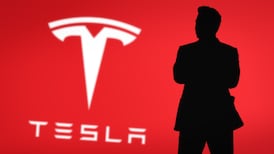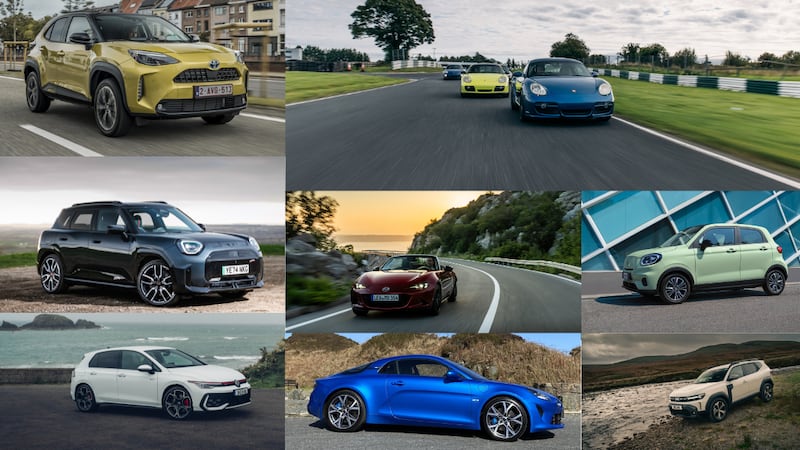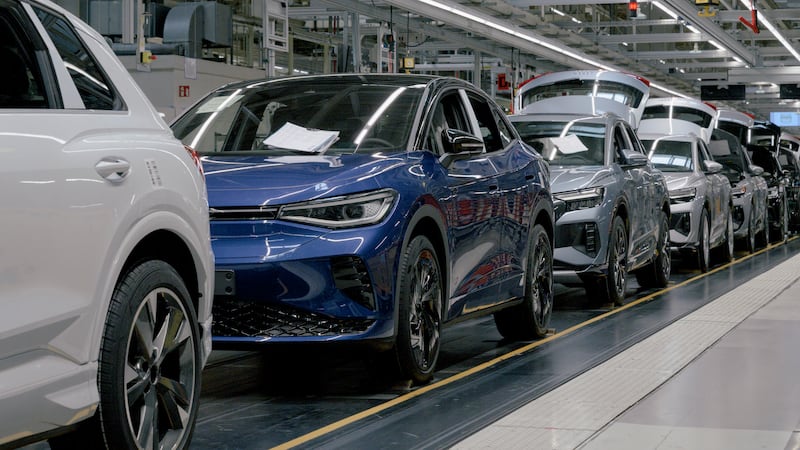One major quibble I would have is with the claims on range. My wife and I have been driving a Nissan Leaf for seven years and are now on our second Leaf, with a 40kWh battery.
We never get more than 200km in summer conditions and much less than this in cold winter conditions. The range claimed is wildly overstated. The Leaf has been brilliant, but new buyers are likely to be very disappointed by getting one third less range than they were led to believe. - Peter M, Co Cork
Think back to 2017 and the introduction of the WLTP — World Harmonised Light vehicles Test Procedure — test for fuel economy (and for electric car range, but back in 2017 that just somehow seemed less important).
There was quite the brouhaha over how much of a difference the WLTP test was going to make to official CO2 figures, and therefore how much motor tax we all pay, because it was a much stricter — theoretically much more accurate — test than the old NEDC (New European Driving Cycle) test, which previously had been the one on which all official emissions and economy were based.
RM Block
In 2017, the WLTP test seemed to be much more accurate, and much more closely related to the reality of day-to-day driving, not least because it also closed up a lot of the loopholes in the regulations which car makers were exploiting to try and maximise their scores.
It wasn’t unusual, in the old days of the NEDC test, real world fuel economy and the test scores could be as much as 40 per cent apart.
However, for all the improvement in accuracy and efficacy, the WLTP test is still a test, and still carried out under laboratory conditions, so the numbers that it spits out at the far end are not necessarily reflective of real-world conditions.
Now, it’s true that the test has been tweaked and altered slightly in the years since to try and close that gap, but nevertheless, it’s still a lab test.
[ Why are there no solutions for EV drivers without driveways?Opens in new window ]
Is that a bad thing? Yes and no. The yes is that, clearly, a laboratory test, done to specific parameters each time, is going to produce a figure which is going to be incredibly hard for you or me to replicate in the real world. Indeed, officialdom admits that the figures taken from the WLTP test can only go so far.
According to the EU’s On-Board Fuel and Energy Consumption Monitoring (OBFCM) - which uses a car’s own on-board electronics to record actual consumption and emissions figures - the gap between lab and real world is about 21 per cent on average.
That’s reflected in independent testing. Certainly, our own rule of thumb when testing a new electric car here on the pages of The Irish Times is that you can take the official WLTP figure and knock about a fifth off to allow for high-speed motorway cruising (the worst possible environment for an EV), running the air conditioning and heating and so on.
The consumer experts at Which? reckon that the best performing car when it comes to not telling porkie-pies about its range is the Audi A6 e-Tron, which in testing came within 13 per cent of its claimed 667km range, returning 583km in real world conditions.
In our hands, the Polestar 2 — the long-range 82kWh version — performed well, getting to within 19 per cent of its claimed 659km range, returning 540km in our hands, and that with mostly motorway mileage.
Other cars will perform much less well, but why?
According to Which? “The tests are carried out at a lab-set temperature of 23 degrees, with the car’s climate control system switched off. They also factor in charging losses that are typically seen when recharging an EV, something that can vary a lot between different EVs according to our lab test, which also factors in charging losses when calculating range and efficiency figures.”
[ EV Q&A: Is it worth buying a battery to store electricity?Opens in new window ]
Is the WLTP test actually worth it, then? Oh yes; while it’s flawed, it’s flawed for all. The problem is that if you tested cars in real-world conditions, you’d have to come up with a way of flattening out the variables — air temperature, road conditions, altitude and the driver themselves.
Eventually, you’d end up caught in a morass of calculations and corrections that would make the test itself essentially meaningless. The flat, even pitch of the WLTP test might not be perfect, but at least it gives you an idea of what to expect. Think of it like a weather forecast — you can gather all the info you like from the evening news and the Met Office app, but you should probably stick your head outside the front door before making the final coat-or-no-coat decision.
With the WLTP test, the trick — with EV range just as with combustion fuel economy — is to treat it as indicative, not gospel.
One then does rather have to ask why the people running the WLTP test don’t simply make that calculation themselves. Or at least turn the air conditioning on during the test …
Of course, the biggest variable in all of this is not temperature, nor is it the road you’re driving on, nor is it the car - it’s you.
Driving style is the biggest single determinant when it comes to the range of an EV. For instance, if - like me - much of your driving is done on the motorway, consider slowing from a 120km/h cruise to 110km/h. On a journey from Dublin to Cork, that will cost you only a few minutes of your time, but it could save you from having to make a recharging stop en route, a net gain in time. Other tricks, such as pre-conditioning the car while it’s charging (running the heating or the air-con to warm the cabin up or cool it down before you set off) can give you a dramatic gain in overall efficiency on each journey.

What to consider when switching to an EV
There are some remarkable examples of just how far you can stretch an EV’s range, if you’re driving for maximum economy. Just recently, Lucid — an EV brand which hasn’t come to Irish shores yet — decided to publicise the capabilities of its Lucid Air saloon, taking one on a jaunt.
From St Mortiz in Switzerland, to Munich in Germany. That’s a distance of 1,205km, which is quite a bit more than the official one-charge range of 960km.
It probably helps a bit that, technically, this is a downhill trip — St Mortiz stands at 1,822m, while Munich is at 520m, but even so the Lucid Air had to cope with Alpine roads, Autobahn, and lots of good old-fashioned general motoring.
Officially, this Lucid Air Grand Touring model can average 13.5kWh/100km on the WLTP economy test, but clearly the driving team must have exceeded that. Lucid doesn’t publish net battery capacities for its cars, but it’s thought that the Grand Touring model has a 117KWh battery, which would equate to 9.7kWh/100km on average on this trip.
Lucid claims that the journey eclipses the previous Guinness World Record for a one-charge EV journey of 1,045km, in a Mercedes-Benz EQS 450+ saloon, a direct rival to the Lucid Air.
However, there is another unofficial record, held by the experimental Mercedes-Benz EQXX development prototype, which covered 1,202km between Stuttgart and the Silverstone race track in the UK on one charge, and still had enough electrons left over for a couple of laps of the famous track.
However, that drive was not officially recognised by Guinness World Records, whereas the Lucid one is.
“This range record represents a significant milestone – it’s yet another clear demonstration of the technological edge that defines Lucid,” says Eric Bach, Lucid’s chief engineer.
“Our Lucid products combine world-class vehicle efficiency with the most advanced drive units, ultra-high voltage architecture, and battery management technology available today, which lets a Lucid travel further with less energy than any other vehicles.”



















